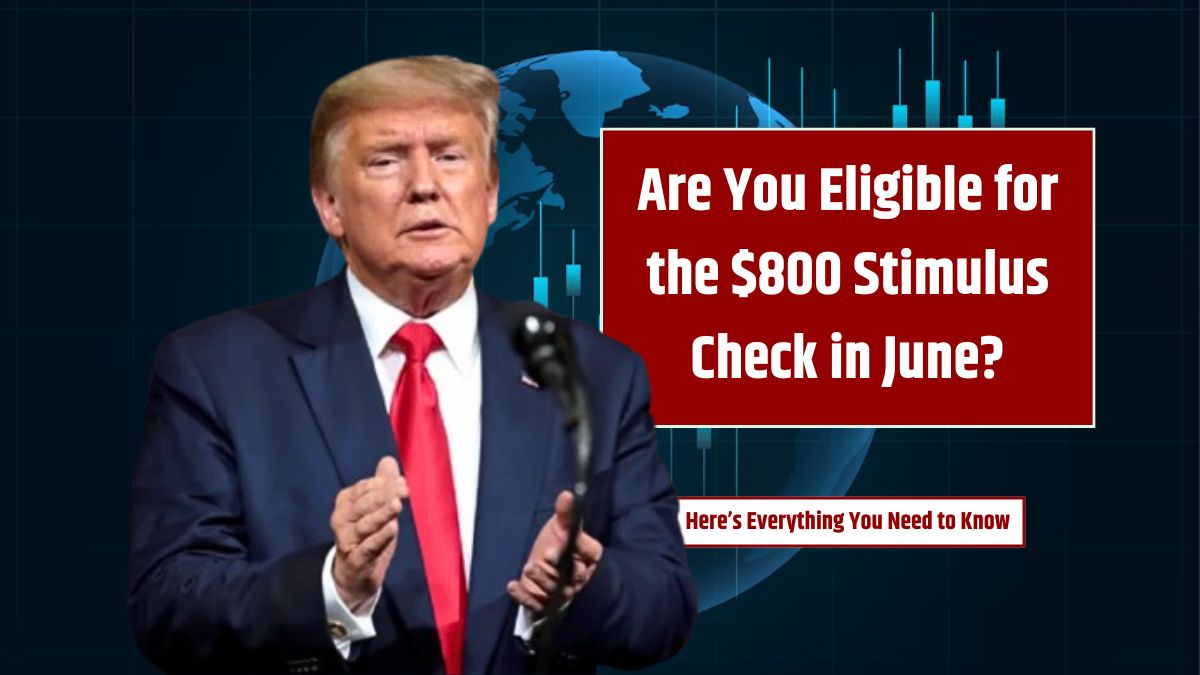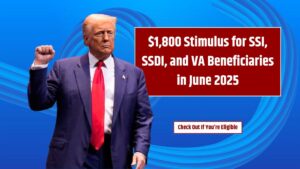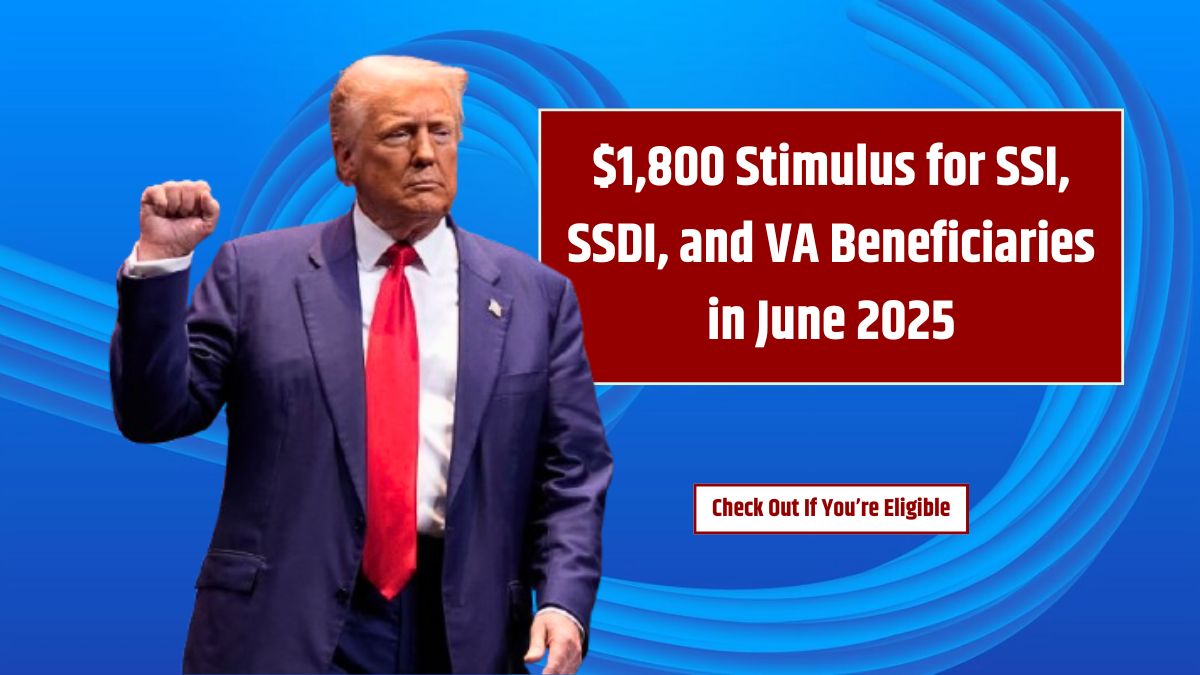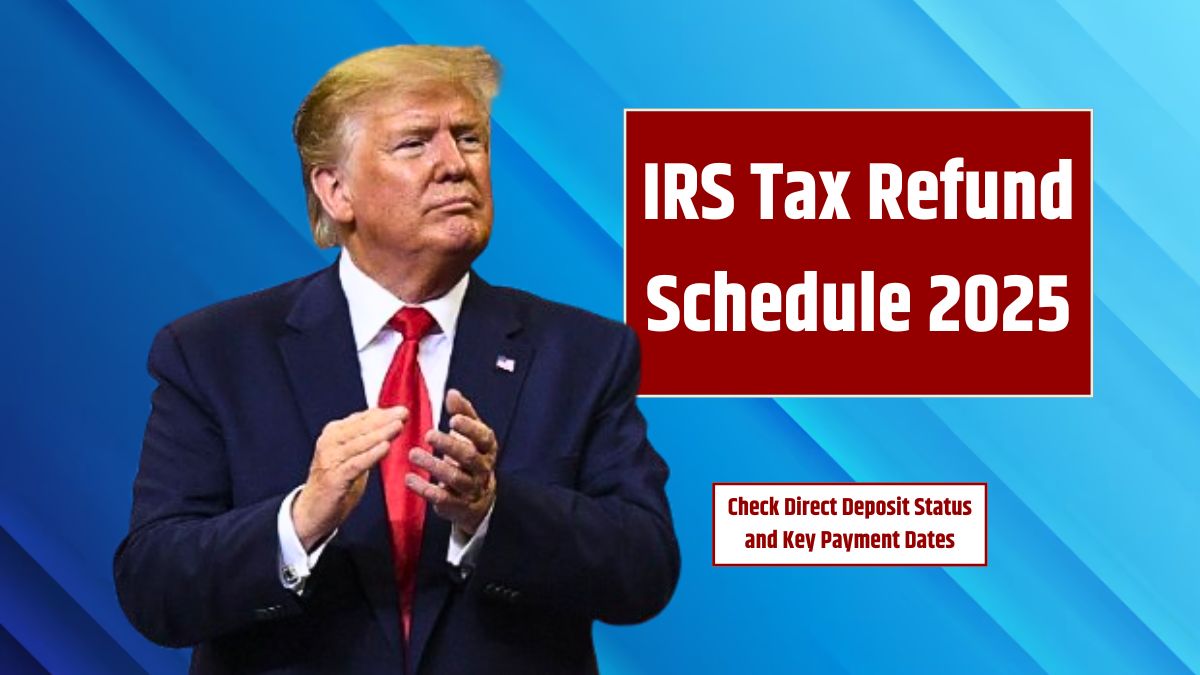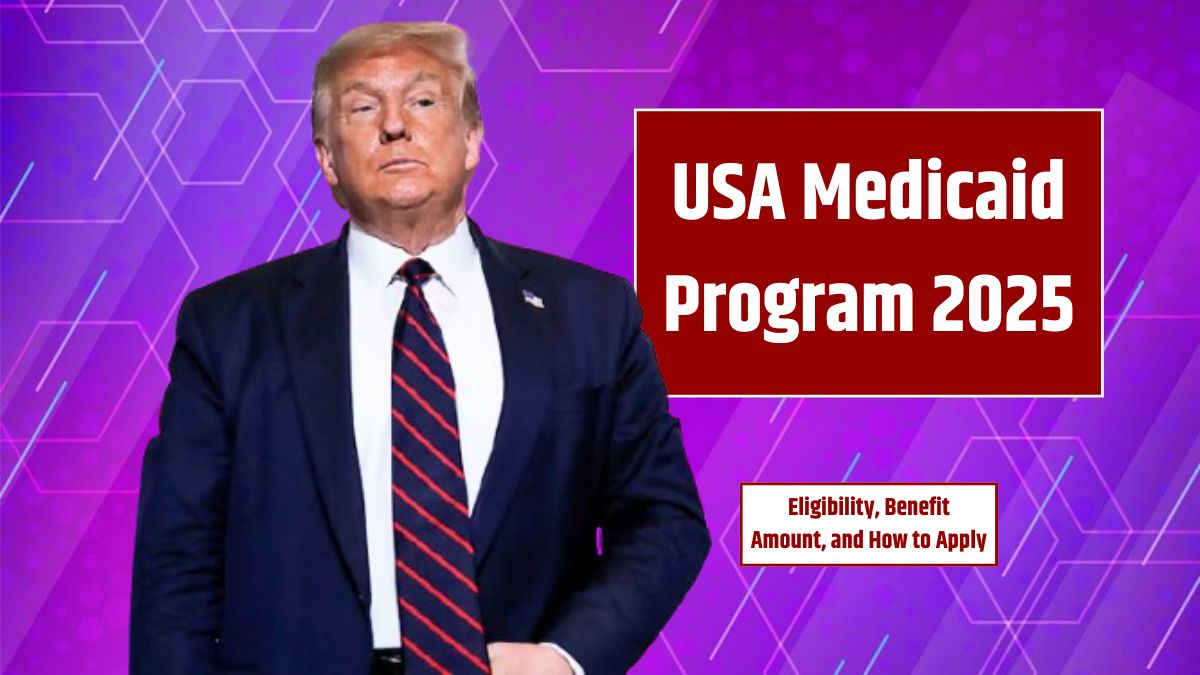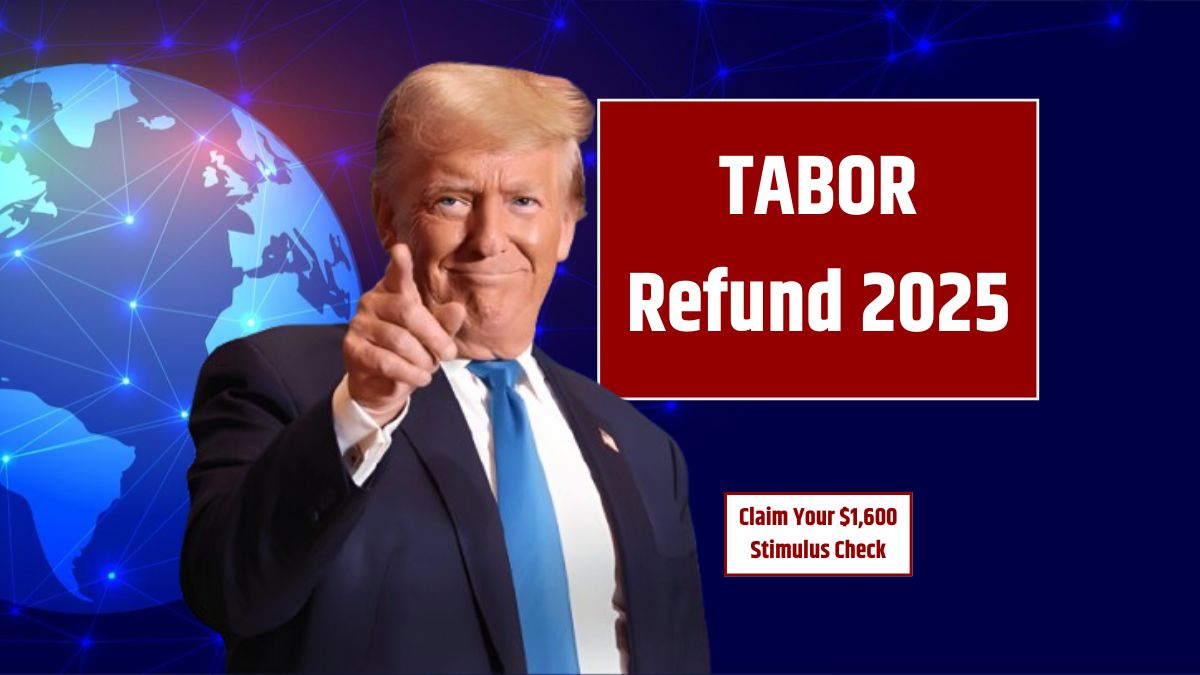As June 2025 approaches, many Americans are hoping for financial relief and wondering if an $800 stimulus check is on the way. You’ve probably seen headlines, viral posts, or TikToks claiming big payouts are coming—but let’s clear the air.
At this time, no federal $800 stimulus payment has been confirmed for June 2025. However, some state and local programs have offered similar relief in the past. In this article, we’ll explain where the $800 figure came from, who might still benefit from existing programs, and how you can stay financially prepared in today’s uncertain economy.
Quick Overview
| Topic | Details |
|---|---|
| Amount Rumored | $800 (not federally confirmed) |
| Federal Status | No current federal $800 stimulus announced |
| State Programs | Some concluded, like SC and AZ tax rebates |
| Eligibility | Depends on program, income level, tax filings |
| Official Info Sources | IRS.gov, state tax agency websites |
Where Did This Come From
The $800 stimulus rumor has been widely circulated online, but it’s not based on a new federal law or IRS announcement. In fact, all three rounds of federal Economic Impact Payments (stimulus checks) concluded in 2021. These payments were meant to help Americans through the worst of the COVID-19 pandemic.
So, where did the $800 talk begin? Likely from confusion surrounding state-level rebate programs, which have offered payments of similar amounts to select groups of residents.
State Programs
Although there’s no nationwide $800 stimulus coming, some states have issued their own rebates or tax credits in recent years. Let’s take a closer look:
1. South Carolina
South Carolina issued rebates up to $800 to eligible taxpayers based on their 2021 returns. If you lived in SC and filed taxes before October 2022, you may have already received this.
- Status: Completed
- More Info: Visit the South Carolina Department of Revenue
2. Arizona
Arizona provided up to $750 to qualifying families with dependents. This was a one-time rebate funded by state budget surplus.
- Status: Closed
- More Info: Arizona Department of Revenue
3. California, Colorado & Others
These states have historically offered tax rebates or “inflation relief” checks. If you think you may have missed one, check your state’s official tax website for updates.
4. Local Relief Programs
Some cities and counties also offer help like:
- Rent and utility assistance
- Emergency food and housing programs
- Prepaid debit cards for low-income families
These programs vary by region, so check with your city or county government office.
Why No Federal Check
Stimulus checks were a response to a national crisis—mass job losses, widespread illness, and shutdowns. But by 2025, the U.S. economy has mostly recovered:
- Unemployment is near pre-pandemic levels
- Inflation has cooled (though prices remain high in some areas)
- Consumer spending has rebounded in most sectors
Because of these improvements, there’s currently no federal justification for issuing broad stimulus checks. That’s why we’re seeing more targeted support programs instead.
What You Can Do Instead
Just because an $800 federal payment isn’t on the way doesn’t mean you’re out of options. Here’s how to get ahead financially:
1. Check Your State’s Benefits
Go to Benefits.gov and filter by state to find help for:
- Food
- Housing
- Medical needs
- Energy bills
Many programs remain active even when federal payments don’t.
2. Claim Available Tax Credits
Even if stimulus checks are gone, tax credits can still put money in your pocket:
| Credit Type | Who Can Benefit | Max Value |
|---|---|---|
| Earned Income Credit | Low to moderate earners | Up to $7,430 |
| Child Tax Credit | Families with kids under 17 | Up to $2,000/child |
| AOTC / Education Credits | College students and parents | Up to $2,500 |
If you missed past credits or didn’t file, you may still be able to claim them retroactively by amending returns.
3. Set Up an Emergency Fund
Even saving $20–$50 per paycheck can help cushion unexpected expenses. Use high-yield savings accounts or automatic transfers to make it easier.
4. Pay Down High-Interest Debt
Look into:
- Debt consolidation
- Balance transfer credit cards
- Negotiating lower interest rates
Paying off debt saves more than any one-time payment ever could.
5. Side Income
From part-time work to gig platforms like Upwork, Rover, or DoorDash, side income can help fill the gap—especially if you’re on a fixed income or managing rising costs.
The $800 stimulus check circulating online is not currently real at the federal level. But that doesn’t mean there’s no help available. From state programs to tax credits and local relief options, there are ways to find financial support if you know where to look.
To stay ahead:
- Always check IRS.gov or your state’s Department of Revenue
- Be cautious of scams or viral posts without official sources
- Actively manage your finances by filing taxes, budgeting, and seeking resources
A little research today could save you hundreds—or more—in the months ahead.
FAQs
Is there a federal $800 stimulus in June 2025?
No, there is no official federal stimulus check approved at this time.
Where did the $800 stimulus rumor come from?
It likely stemmed from expired state-level rebate programs like South Carolina’s.
Can I still get money from my state?
Some states offer tax credits or local relief—check your state’s website.
What tax credits should I check for?
Look into the EITC, Child Tax Credit, and education-related credits.
What’s the best way to stay informed?
Follow updates on IRS.gov and your state’s tax or benefits website.

